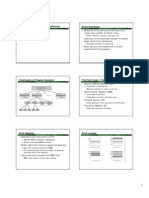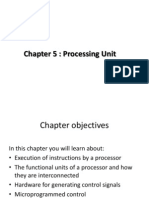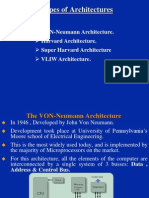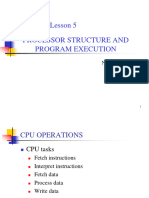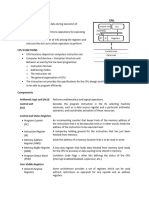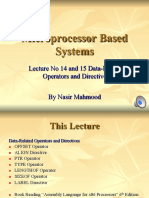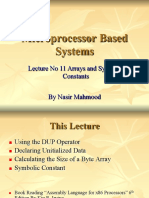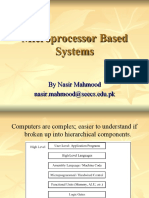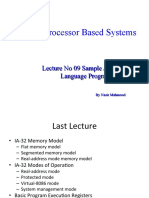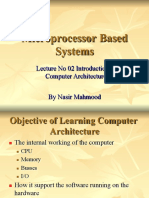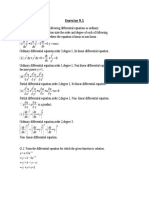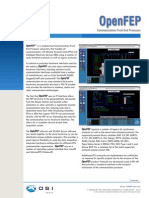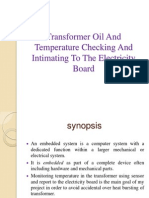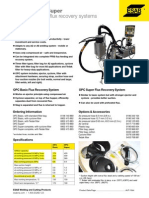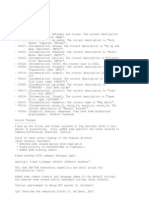0% found this document useful (0 votes)
69 views32 pagesMicroprocessor Based Systems: Lecture No 03 Introduction To Von Neumann Architecture
The document discusses the Von Neumann architecture and its key components. It describes how the architecture works through an instruction cycle of fetch and execute steps. The fetch step involves retrieving an instruction from memory and loading it into the instruction register. The execute step then performs the required operation such as data transfer, arithmetic, logic, or control functions. This basic concept of separate storage and execution of instructions from memory introduced flexibility to computer systems.
Uploaded by
Muhammad ZubairCopyright
© © All Rights Reserved
We take content rights seriously. If you suspect this is your content, claim it here.
Available Formats
Download as PDF, TXT or read online on Scribd
0% found this document useful (0 votes)
69 views32 pagesMicroprocessor Based Systems: Lecture No 03 Introduction To Von Neumann Architecture
The document discusses the Von Neumann architecture and its key components. It describes how the architecture works through an instruction cycle of fetch and execute steps. The fetch step involves retrieving an instruction from memory and loading it into the instruction register. The execute step then performs the required operation such as data transfer, arithmetic, logic, or control functions. This basic concept of separate storage and execution of instructions from memory introduced flexibility to computer systems.
Uploaded by
Muhammad ZubairCopyright
© © All Rights Reserved
We take content rights seriously. If you suspect this is your content, claim it here.
Available Formats
Download as PDF, TXT or read online on Scribd
/ 32
































